 Click to Enlarge
Click to Enlarge
For more than six decades, Fender’s core models of guitars and basses have developed their own distinct personalities and legions of devoted disciples.
Whether it was the Telecaster, Jaguar or Jazz Bass (just to name a few), many of those defining characteristics were formed through the 1950s, ‘60s and ‘70s.
Now, today’s players have the opportunity to re-live those classics through the new American Original Series, a collection of American-made basses and guitars that replaces the American Vintage Series, which was first launched in 1982.
This fresh line includes 13 models, with a ‘50s Stratocaster, Telecaster and Precision Bass; a ‘60s Strat, Tele, Jazzmaster, Jaguar, P Bass and Jazz Bass; and a ‘70s Jazz Bass. All of these updated instruments marry what players have always loved about the originals with contemporary enhancements, elevated playability and best-in-class performance.
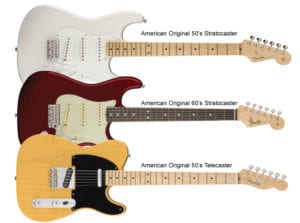 Click to Enlarge
Click to Enlarge
That constant innovation while remaining rooted in tradition is what initially made Fender an original and what continues to make Fender a visionary brand to this day.
“What makes a guitar classic is … after everyone’s gotten their hands on it and they’ve tried changing it and it just keeps going back to the same thing, that’s a classic,” said Modest Mouse frontman Isaac Brock. “You can try different stuff. It’s good that people keep trying to change things, but sometimes it’s just doesn’t need change. That’s what makes a classic. What is it that you go back to? What is the thing that despite trends, a lot of people find themselves back to [the originals].”
Staying true to the classic, ground-breaking Fender designs was a key focus of the American Original Series.
Throughout the American Original Series, each instrument boasts period-accurate pickups specially voices for the authentic sound and performance of specific model years, era-specific neck profiles sculpted for a vintage-style playing feel and original-era nitrocellulose lacquer finishes.
Contemporary updates include modern fingerboard profiles and vintage tall frets, in addition to several other details.
For singer/songwriter J.D. McPherson, having a guitar that feels like the foundational models is a breath of fresh air.
“A guitar from the ‘50s, that’s the golden age of guitars,” McPherson said. “There were designs introduced in the ‘50s that haven’t changed since, and if you think about it, those are the Fender Stratocaster and the Fender Telecaster. Those guitars popped up out of nowhere, and they’re still here.
“The single coil pickups, those were perfected. They were simple and beautiful and worked well, and that’s all everybody needed them to do. It’s getting a little unattainable at this point, which is why I’m glad they’re starting to remake them.”
Exactly what makes a classic can be a nebulous idea to pinpoint, whether it is a guitar or an album or a song. When Phildelphia-based singer/songwriter Kurt Vile thinks of the word “classic,” the Jaguar enthusiast is reminded of the great Tom Petty. It’s a concept that is simply undeniable.
“I think you just know it when you hear it,” said Vile. “If something’s an instant classic, like Tom Petty, he’s got so many classic hits. It’s like a American punch in the face. You just know it when you hear it.”
Raphael Saadiq, who was inspired at an early age by pioneering Sly and the Family Stone and Grand Central Station bassist Larry Graham, thinks it’s important to strive for originality. It is a notion that transcends trends and genres, just like the Fender basses he grew up playing, and something he continues to apply to his prolific recording and producing career.
“It’s hard to be completely original,” said Saadiq. “The way you can find out where your truth lies inside of you is to make people turn their head and go like, ‘Well I’ve heard that before, but maybe not like that.’ I don’t really ask questions why people like music I do. I just keep doing it. That’s how I think you become original.
“If something is currently out and you know because it’s currently number one on the charts, it’s hot. I never want to do what people call hot. I will totally go the opposite way. Even if I had a hit record, the next record would be completely different. I just feel like it’s a waste of life. Like why do that? Just do something different.”
Just like current artists like Saadiq, Vile, Brock and McPherson were all influenced by the classic musicians and instruments that came before them, taking those foundations to build their own original sounds, Fender’s American Original Series offers a nod to the past while living in the present.
For more information, contact Connor@NapervilleMusic.com

 Click to Enlarge
Click to Enlarge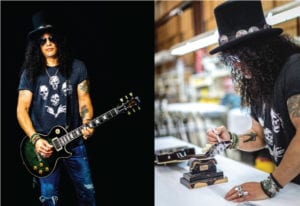 Click to Enlarge
Click to Enlarge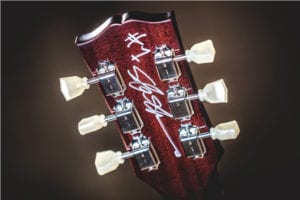 Click to Enlarge
Click to Enlarge Click to Enlarge
Click to Enlarge Click to Enlarge
Click to Enlarge

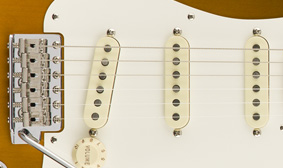



 Click to Enlarge
Click to Enlarge Click to Enlarge
Click to Enlarge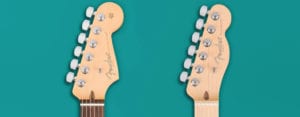 Click to Enlarge
Click to Enlarge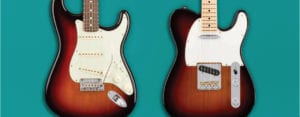 Click to Enlarge
Click to Enlarge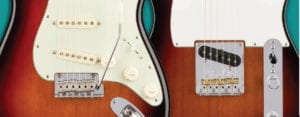 Click to Enlarge
Click to Enlarge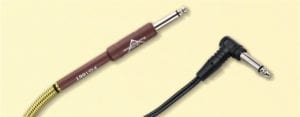 Click to Enlarge
Click to Enlarge Click to enlarge
Click to enlarge Click to enlarge
Click to enlarge Click to enlarge
Click to enlarge Click to enlarge
Click to enlarge Click to enlarge
Click to enlarge Click to enlarge
Click to enlarge

